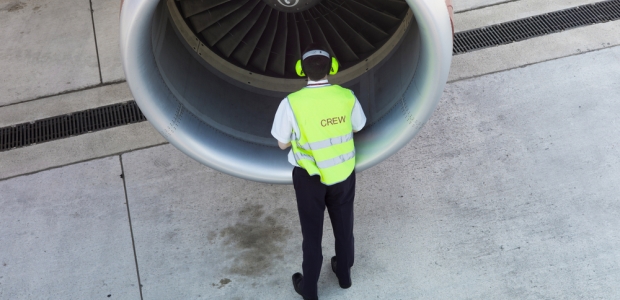
EPA Takes Aim at Commercial Aviation's Emissions
EPA expects the International Civil Aviation Organization will adopt its environmental committee's agreement on international aircraft CO2 standards in March 2017. EPA anticipates moving forward on standards that would be at least as stringent as ICAO's standards.
EPA on July 25 finalized a determination under the Clean Air Act that greenhouse gas emissions from commercial jets' engines contribute to the pollution that causes climate change and endangers Americans' health and the environment. The findings are for carbon dioxide (CO2), methane, nitrous oxide, hydrofluorocarbons (HFCs), perfluorocarbons (PFCs), and sulfur hexafluoride, all of which contribute to greenhouse gas pollution.
"Addressing pollution from aircraft is an important element of U.S. efforts to address climate change. Aircraft are the third-largest contributor to GHG emissions in the U.S. transportation sector, and these emissions are expected to increase in the future," said Janet McCabe, EPA's acting assistant administrator for Air and Radiation. "EPA has already set effective GHG standards for cars and trucks and any future aircraft engine standards will also provide important climate and public health benefits," she added.
EPA isn't issuing emissions standards for aircraft engines at this point, but the determination is a step EPA must take prior to adopting domestic those standards. EPA anticipates that the International Civil Aviation Organization will adopt its environmental committee's agreement on international aircraft CO2 standards in March 2017, and EPA anticipates moving forward on standards that would be at least as stringent as ICAO's standards.
The findings don't apply to small piston-engine planes or to military aircraft. For more information on the final aircraft endangerment and cause or contribute findings, visit http://epa.gov/otaq/aviation.htm.